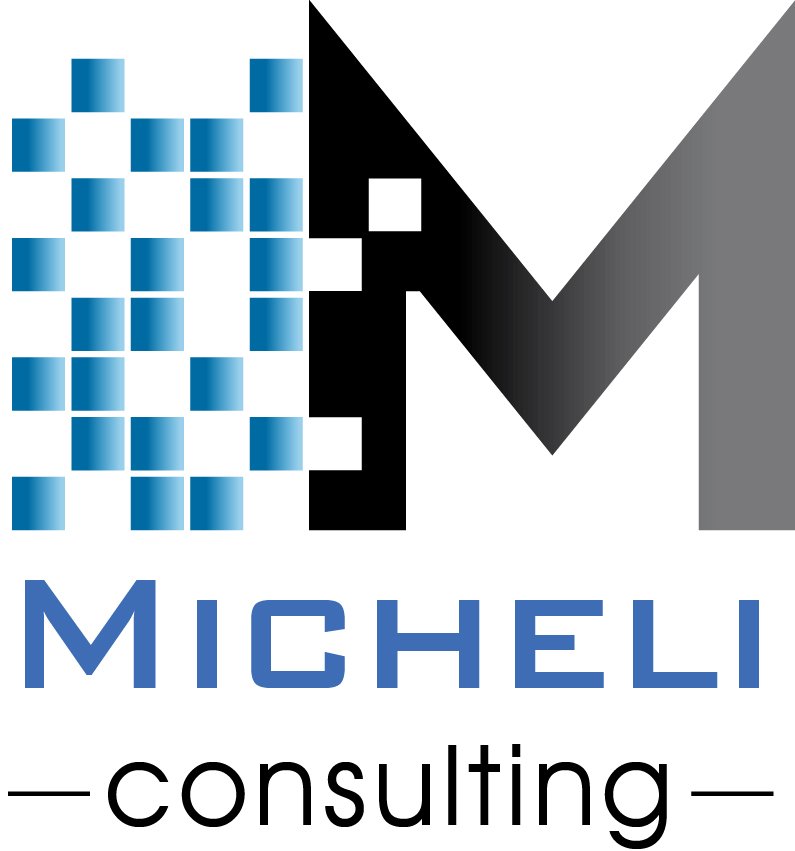Originally posted 6-3-2011:
I am a huge fan of Atul Gawande, the author of "The Checklist Manifesto" and numerous New Yorker articles regarding the healthcare system. He recently gave the commencement speech at Harvard Medical School, which he titled "Cowboys and Pit Crews".
The speech is a great 10 minute read on the current state of healthcare. He discusses how the increased complexities of medicine have made it impossible for any one doctor to have all of the knowledge needed to effectively treat a patient. As he puts it, "Everyone has just a piece of patient care. We’re all specialists now—even primary-care doctors." He goes on to say a better team approach by all caregivers is needed to promote better patient care. "We train, hire, and pay doctors to be cowboys. But it’s pit crews people need."
Pit crews...it's a great analogy for the kind of team work needed to improve the outcome of patient care. Maybe I should start watching NASCAR races for inspiration.
I am a huge fan of Atul Gawande, the author of "The Checklist Manifesto" and numerous New Yorker articles regarding the healthcare system. He recently gave the commencement speech at Harvard Medical School, which he titled "Cowboys and Pit Crews".
The speech is a great 10 minute read on the current state of healthcare. He discusses how the increased complexities of medicine have made it impossible for any one doctor to have all of the knowledge needed to effectively treat a patient. As he puts it, "Everyone has just a piece of patient care. We’re all specialists now—even primary-care doctors." He goes on to say a better team approach by all caregivers is needed to promote better patient care. "We train, hire, and pay doctors to be cowboys. But it’s pit crews people need."
Pit crews...it's a great analogy for the kind of team work needed to improve the outcome of patient care. Maybe I should start watching NASCAR races for inspiration.
